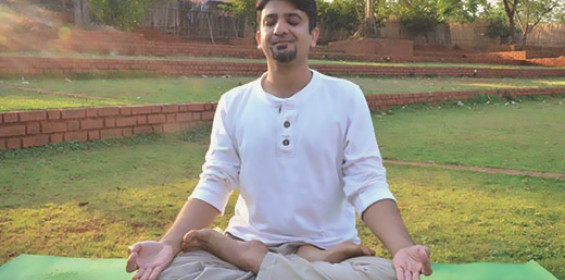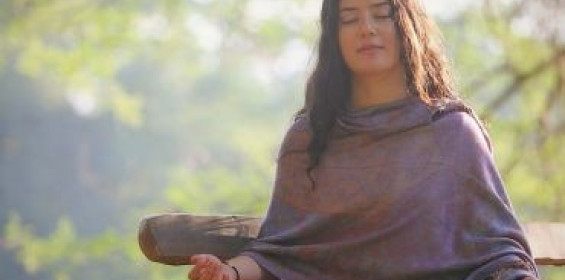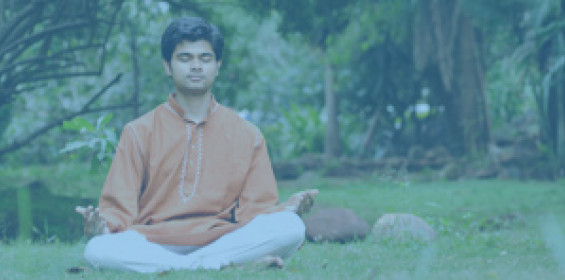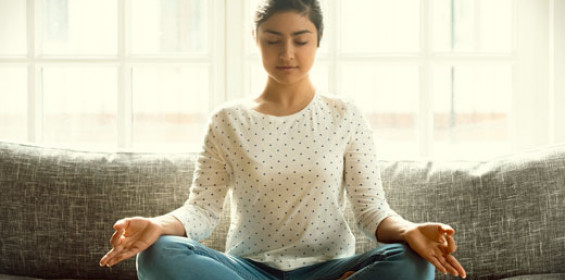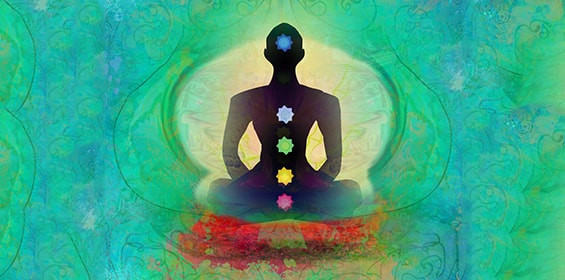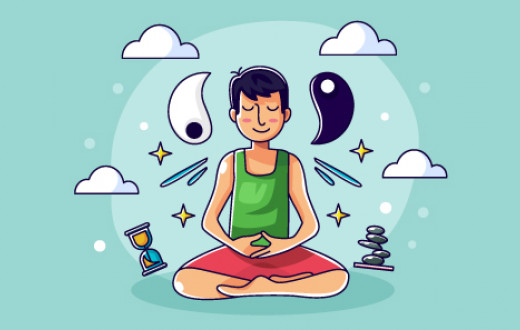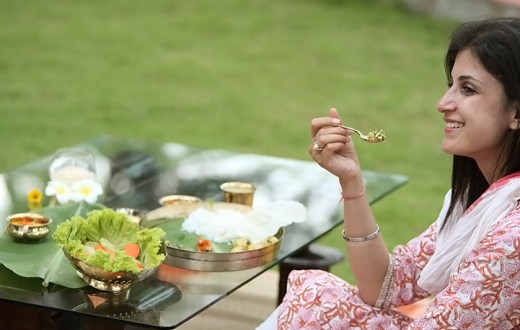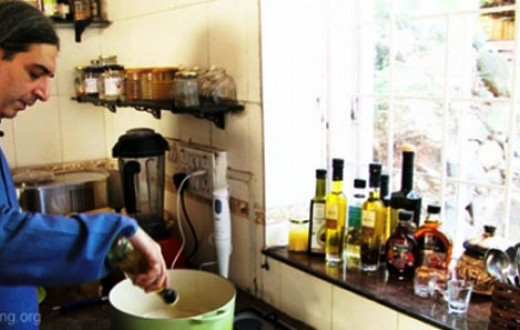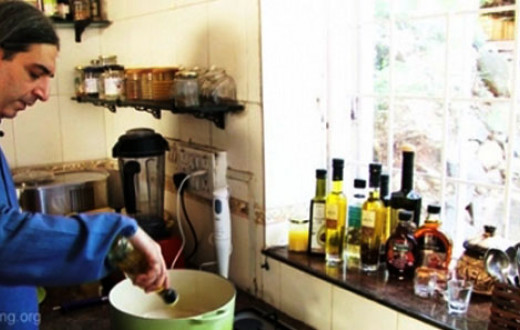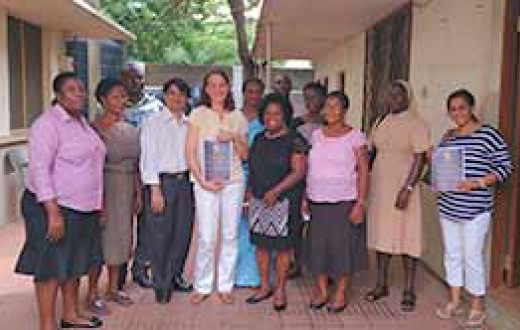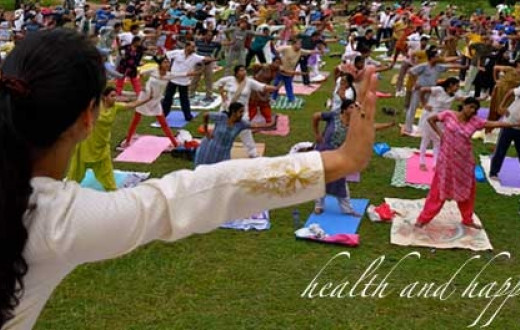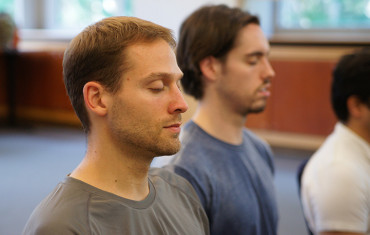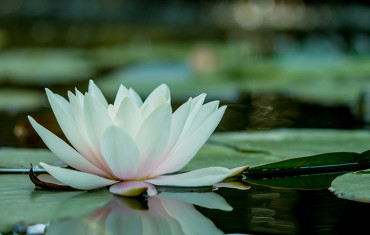By Andrew Keaveney┃Posted: January 28, 2018
When I started becoming interested in meditation at 16, I was eager and young, with no experience in silence. I wanted to find inner peace, and so I found some books in the local library to start my journey and quickly began experimenting (I owe some gratitude to my patient mother who put up with all of my experiments). Here are four things I know now that I wish I’d known then:
1) Communication matters
This sounds like common sense, right? However, youthful enthusiasm tends to overpower common sense.
Before you enter into a period of silence, I encourage you to get on your phone, call or text your loved ones, and let them know that you’ll be unavailable for a few days. If you’re shy, you can tell them you’re on vacation (you are). But why be shy? Silent retreats are now almost de rigueur.
When I was young, I did the opposite and told my mom nothing, simply going into silence for 24 hours. Keep in mind that I was still living at home – I went into silence and stayed in silence, despite the knockings and inquiries to know just what exactly was going on.
It was a small house, and a little silence apparently went a long way.
I explained to my worried mother the next day that I had simply gone into silence for 24 hours. She used her best patient-but-annoyed tone to ask me to tell her before going into silence next time. Lesson learned.
I’m passing on this advice from my mother to you, dear reader, just in case your loved ones/colleagues/boss would be distraught if you disappeared without notice for 3-4 days.
2) Getting a map
It’s worth investing in guidance about the silent journey. It’s an amazing journey, and very rewarding; like all journeys, it also has potential pitfalls.
We use a map when we embark on a physical journey, for example, to visit Ireland or California. We even use GPS just to drive across town for groceries! However, when it comes to the inner dimension of our lives, which is even more subtle and unclear, often people take a DIY approach and try to figure it out on their own.
Sure, you can just figure it out, but it might take years of trial and error. Or you could get lost. You could also, in theory, drive across Los Angeles at night in search of a new address without a map; it’s going to take much longer and be far more frustrating, though.
After experimenting with silence a number of times, I tried a guided silent retreat. It was spectacular. Finally having some guidance about how to go into silence, what to do (and what not to do!) during silence, and gaining support along the journey made all the difference.
There’s a history of silent journeys and a collected wisdom that’s invaluable. People have embarked on this spectacular inner journey for millennia, and it’s not so easy to embrace that knowledge and learn from it on one’s own. Why reinvent the wheel?
Joining a silent retreat is tapping into this accumulated experience, essentially downloading Google maps for your inner journey.
3) Ease into it
There are two approaches to silence: you can either go cold turkey, or ease into it.
I chose the first option. Many people choose the first. Some silent retreats even choose the first.
Jumping into silence cold turkey can be like jumping into ice-cold water: surprising, unexpected, shocking. Going in gradually worked much better for me. There are specific processes designed to help your mind enter slowly into silence. Easing in minimizes the overwhelm factor.
We’ve spent our whole lives talking and being immersed in our environment. When we turn that off, it can lead to a wonderful experience of inner stillness, centeredness, and energy. However, if we turn it off too fast, our thoughts can overwhelm us. So go slow. Again, appropriate guidance at a silence retreat can help you ease yourself in.
4) The experience ripens with time
My first silent retreat was so much better than that first experiment in silence. Each silent retreat has been better still, and I’m going on my 14th – yes, it’s that good. Silence is something that matures with time. Our sensitivity increases, our ability to watch our thoughts increases, and gradually, the experience of inner peace deepens.
A friend shared this thought with me on the last silent retreat we did together: “I didn’t think this could be better than the last one, but it was.” So don’t give up, even if your first foray into silence isn’t exactly bliss.
There’s no need to worry about silence and plenty of reasons – inner peace, self-discovery, and renewed energy, to name a few – to try it out. Like any journey, it has easy routes and winding ones. I’m grateful that after some trial and error, I found an easy way.
This article was originally published by the Art of Living Retreat Center blog.
Andrew Keaveney is an Art of Living teacher and Director of Digital Media at the Art of Living Retreat Center in Boone, NC.

